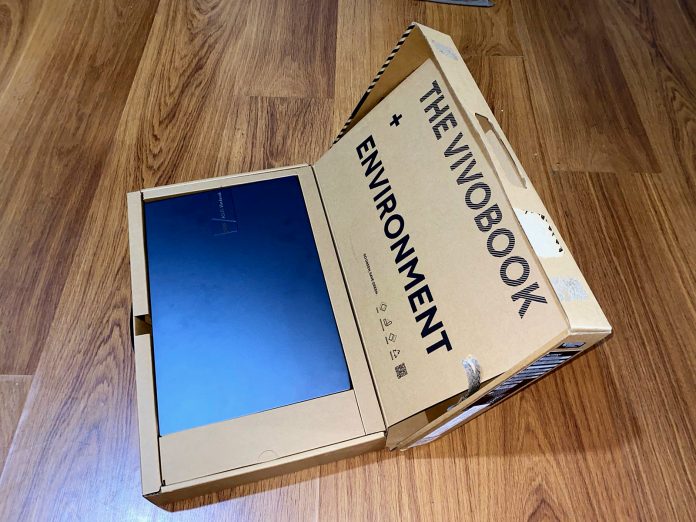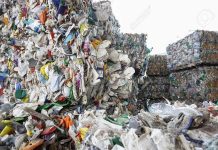
Effective packaging is essential for the reliability, performance, and longevity of electronic components. As the focus grows on sustainability, manufacturers of electronic devices are looking at recyclable and biodegradable options for packaging.
Some are doing away with plastic molds that hold the products to paper while others are removing packaging layers such as foam (thermocol in some cases) and thermoformed plastic from electronic goods or replacing bubble wraps with eco-friendly packaging.
A Global Market Insights report says the electronics packaging market was valued at US$ 26.2 billion in 2023 and is anticipated to grow at a CAGR of over 18.4% between 2024 and 2032.

The packaging of electronic items involves various materials used to protect, present, and transport the products. Packaging plays a significant role in ensuring the safety, functionality, and appeal of electronic devices from the point of manufacture to the end-user. Packaging protects components from environmental damage, physical shock, and electrostatic discharge.
Environmental concerns are triggering a change toward sustainable materials and compact, minimalist designs in the consumer electronics packaging industry. Demand for attractive yet secure packaging is driven by the growth of online retail, where customization and smart packaging integration are popular among customers.
Laptop manufacturers have revamped their packaging ecosystems by replacing white rigid boxes with brown corrugated boxes — removing coatings and laminations entirely. Asus, for example, used corrugated boxes with handles made of recycled plastic. The printing on the box is done with water-based inks with minimal labeling printed in thermal inkjet. OnePlus, a smartphone manufacturer, has replaced its premium boxes with eco-friendly paper-based material. Even the taping on electronic components is paper-based.

Samsung Electronics has replaced plastic packaging materials with paper and other environmentally sustainable elements. The packaging used for Samsung’s products and accessories – ranging from mobile phones and tablets to home appliances – was substituted with environmentally sustainable materials such as recycled and bio-based plastics and paper.
The plastic bags used to protect the surface of home appliances such as TVs, refrigerators, air conditioners, and washing machines as well as other kitchen appliances are being replaced with bags made of recycled plastic waste and non-fossil fuel material such as starch or sugarcane residue.
To revamp product packaging, MNCs are forming R&D teams on design and development, purchasing, marketing, and quality control for innovative packaging ideas. For mobile phones, tablets, and wearable products, the plastic used for holder trays was replaced with pulp molds, and bags-wrapping accessories with eco-friendly materials. Phone charger designs were altered by swapping the glossy exterior with a matte finish and eliminating plastic protection films.

At drupa, Zhongke India, a packaging machine supplier, launched equipment to make fiber-molded products. This machine works on a suction (vacuuming) technology where the pulp is sucked up in mold trays. Shaping and fine-tuning the mold is an automated process. The molds can be repulped and remade into molds, reducing the need for any excess raw material. Considering paper is costlier than plastic, eco-friendly and cost-effective technologies are expected to capture the space for electronic component packaging.
Dharaksha Ecosolution, a Faridabad-based company, is working towards replacing thermocol packaging with bio-fabricated material and customized alternatives. To curb stubble burning and plastic pollution, the company, which specializes in biodegradable packaging material, uses mycelium (fungi) as a medium to transform stubble waste into effective breakage-free packaging for electronics and perishables.
Founder Arpit Dhupar says Dharaksha has developed a nutrient medium called Somras, which fastens the growth of fungus to create molds in any desirable shape. Like the pulp-based material, this bio-fabricated material can be repulped and used as a raw material.

To combat plastic pollution and to comply with extended producer responsibility norms, eCommerce player Flipkart has switched towards scalable and environmentally beneficial alternatives. According to Nishant Gupta, head of sustainability, Flipkart has made large R&D investments to find substitute packaging materials.
“The elimination of single-use plastic is one step to reduce the use of problem plastics that litter the roads and affect the environment. For buyers who prefer eco-friendly practices, such initiatives enhance their shopping experience and resonate with their concerns,” Gupta said.










